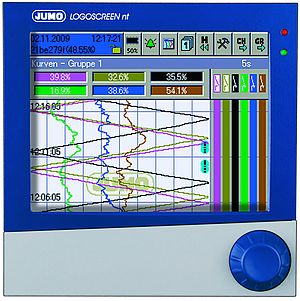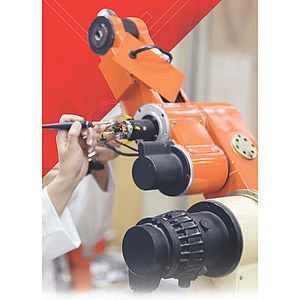A power supply is a device that provides electric power to an electric load. Although their basic function is always to provide electric power, power supplies come in different shapes and are suitable for different applications. It’s important to understand the correct supply you need for your application.
The main types of power supplies are:
- DIN rail-mount converters: Designed to be secured into electronic DIN rails
- Open-frame converters: Partially mechanically enclosed, typically built into machinery
- Front-end rack mount converters: Designed to be secured into electronic equipment racks
- External plug-in adapters: Power supply located in the load's AC plug-in power cord
- Bench-top power supplies: Standalone desktop unit used in applications such as circuit testing
Once you’ve determined in which context you’ll be using your power supply, you can start getting into the more specific power supply functionality offered by different models. They tend to fall in the following categories:
Battery eliminator
This is the most economical type of power supply because of its limited functions when compared to other types of supplies. Essentially, a battery eliminator acts in place of a battery. It provides DC power to devices that would normally be powered from an automobile battery or replaces various arrangements of 1.5V batteries and 9V and 12V batteries. It’s often used when servicing CB radios and automotive stereo equipment. If this is the type of power supply you’re after, our tip to you would be to look for the banana jacks to be spaced at 19mm (0.75 inches) so the dual banana plug adapters used with coaxial cables can be used.
Constant voltage supply and constant current supply
As its name implies, a constant voltage supply supplies constant, adjustable voltage to its load. This type of supply comes with meters to monitor both voltage and current, though the current cannot be adjusted. The supply can maintain the voltage output regardless of the load’s resistance. When buying a constant voltage supply, we’d recommend models with tie points to allow monitoring output voltage with a more accurate digital meter or to connect to another circuit.
Similarly, constant current supplies are also available. These power supplies have the same functionality as constant voltage supplies – however, in their case it’s the current and not the voltage that can be adjusted.
Constant voltage / constant current supply
There are also power supplies that combine the functions of a constant voltage supply and a constant current supply in one – and add a few functions of their own too. With constant voltage / constant current supplies, both the voltage and the current can be adjusted. It’s also often possible to set an output limit for either variable, so if the load’s resistance drops, the set voltage or current limit won’t be exceeded.
In these cases, either the voltage or the current will drop below the previously specified constant. Other useful features offered by this type of power supply can include remote sensing (a 4-wire connection technique that can eliminate the effects of lead resistance), master slave connections and a set min-max voltage span.
Programmable supply
On top of the general functionality of a power supply, a programmable supply also adds the ability to measure the generated current and voltage, similar to a digital multimeter. It can be automated using a computer to communicate with the load. Some programmable supplies also store output sequences or measurements in their internal memory while others can only handle immediate actions.
Multiple output supply
A multiple output supply provides two to three types of DC outlets and is useful for systems that require multiple voltages. A range of 0-6V is often used for digital logic systems while 0-20V is used for bipolar analogue circuitry. This type of power supply benefits from timed operation, voltage limits for all channels and a choice between serial and parallel connection.
Specifications
All power supplies can be compared with a list of criteria that will help you figure out which supply to choose:
- Input voltage type (AC or DC) and range
- Output voltage type and range
- Efficiency of power conversion
- Amount of voltage and current it can supply to its load
- Stability of output voltage or current under varying line and load conditions (linear mode vs switch mode)
- Operating and storage temperature range and thermal management
- Safety features (protection against short circuit, overload, overcurrent, overvoltage and under voltage)
Generally, these criteria are also connected to the product price point. For example, a battery eliminator with a small input and output range, very basic functionality and low efficiency will be cheaper than a high range, constant voltage supply with various safety features.
At Distrelec we have a wide range of power supplies, from low-cost battery eliminators to more technical power supplies that are required to continuously run in a harsh environment with limited maintenance requirements.
By carefully considering the application you’ll be using your power supply for, which functionality you need and the specifications it needs, you should be able to pick the right power supply.
By Steve Herd, CEO at Distrelec





























